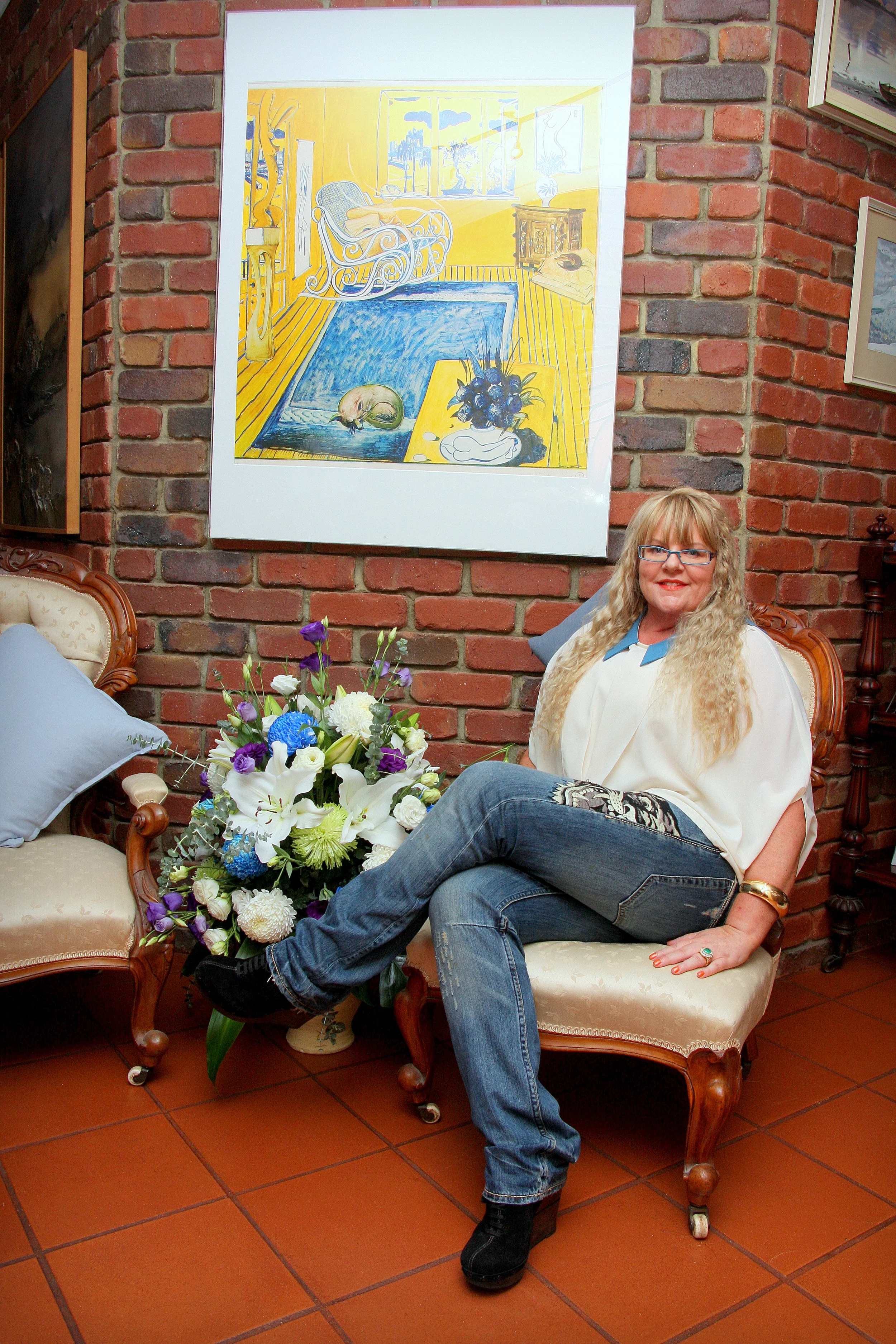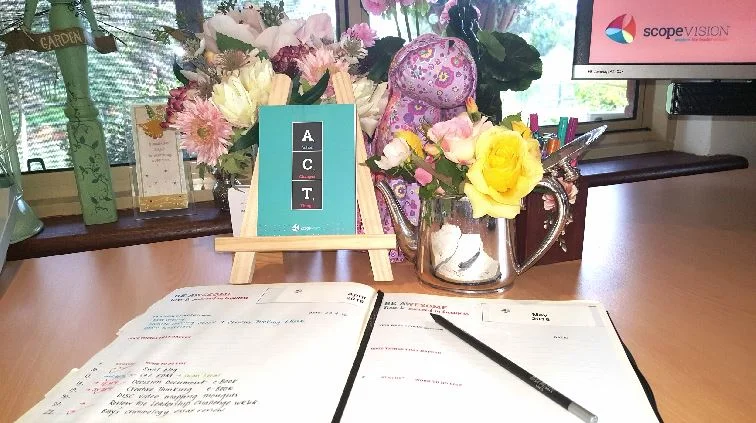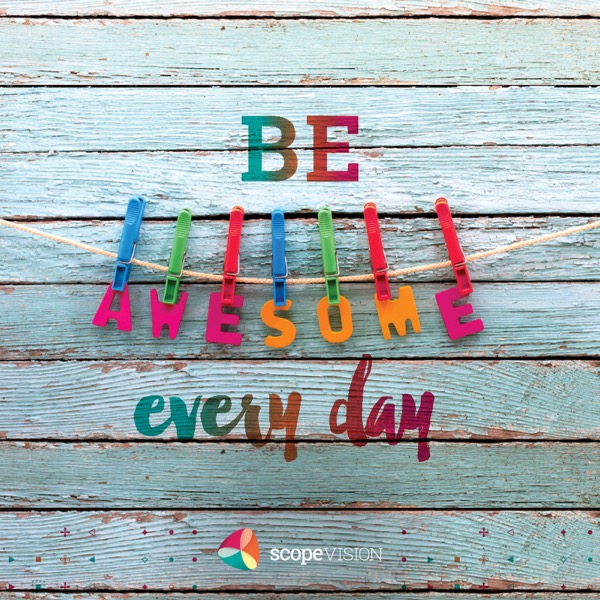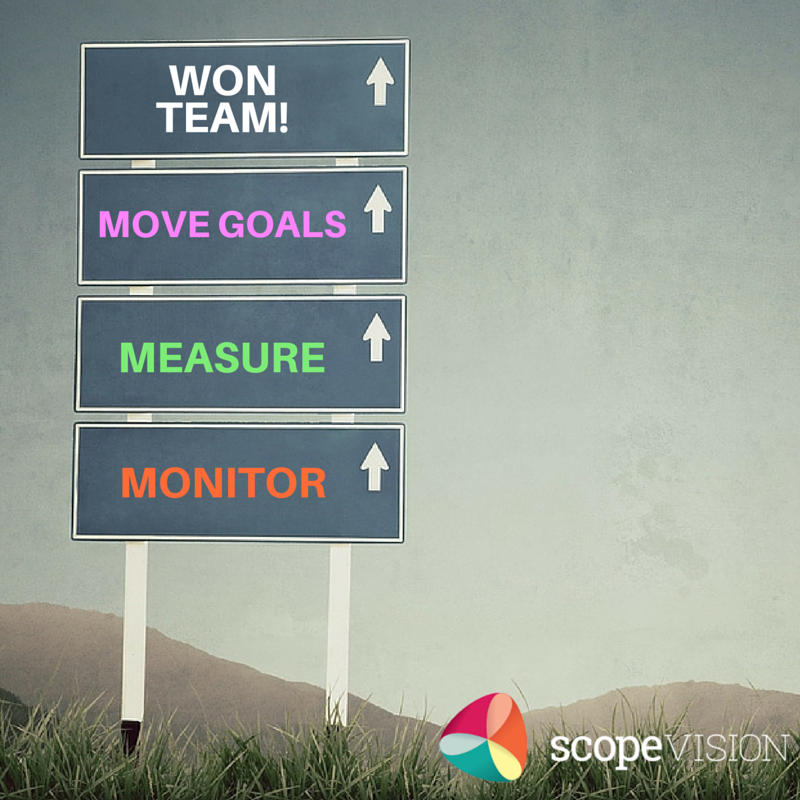Training Dogs vs People; Is There Really a Difference?
MS - My Diagnosis Which Began An Incredible Journey
3 Things Iron Maiden Taught Me About Leadership
Our 8 Top Planning Tips!
Sometimes it's the Right Thing to Say 'No'!
Are You Ready To Go Pro With Us?
Mobilising Your Team to Deliver the Company Vision
Letter to my 25 year old self
I recently read a post from Sir Richard Branson to his former self aged 25.
In #ChallengeRichard, he was challenged to write a letter to his 10, 25, 50 and 65 year old self. His thoughts sent me digressing as I pondered what I would write if I was faced with the same proposition...
Guest Blogging Isn't A One-way Street
Recently, I wrote an article for Carma's blog about Social Media about the challenges small businesses can face in getting started on Social Media, and some things that she has helped me to realise about my own Digital Marketing.
You can read this post HERE.
While reflecting on this topic it brought me back to one of our first guest bloggers - Richard Moroney! He wrote an absolutely AWESOME piece about Social Media which you might not have seen.
Be Awesome – It’s truly your journey!
What I love most about my life is that every day I get to spend time alongside some absolutely amazing people. People who challenge me, grow me, question me, laugh with me and dream with me. Those in the know know that what rocks my boat most is watching people grow and develop some level of awesome.
Someone asked me recently what I meant by be awesome? So I pondered. To me it means being the very best you that you can be; whatever your journey, whatever your road.
If your intention is always to leave a situation in a better state, to care about others, to take the time to help people grow, then it’s almost impossible not to be seen as awesome in somebody’s eyes. Easily achieved in your personal world, but what does it mean for us in the corporate. Simply put, surround yourself with people you want to spend time with and would find it a privilege to help grow. That’s finding your awesome! Sharing a journey with someone excited to be on it; an unmistakable sparkle in an eye, a glow from within, passion resonating in tone as people share their ideas and experiences. That’s how I find my AWESOME… spending time with people who are!
Aim for 1% improvement daily and you will be bound to be AWESOME; take our March challenge and set awesome goals! Here’s how to do it:
1. Dream big; but make your goals small
Create a vision then plan it through a series of smaller goals; a goal unplanned is a dream. Think big but be specific on your required actions.
2. Be proactive; choose to be consistently awesome!
The only one stopping you is you! Consistently check your mindset.
3. Plan the journey and drive daily
Schedule your time wisely PAY yourself first; spend time doing ‘what matters most’. Always do what matters most. Drive your journey forward to achieve awesome goals.
Raise the bar and inspire others to join you; always be Awesome!
Be AWESOME every day
To start being AWESOME download our new Monthly Perspective…Be Awesome Every Day planner; then comment below to let us know you are into being awesome together!
If you need inspiration to get your planning started, take a look at these great resources designed by us to help you!
Align your Team’s Vision, Behaviour and Consequences
What causes a team to derail? A mismatch in team values? The wrong membership from the outset? Ineffective recruitment and on-boarding?
Whilst all may be key contributors, one thing is certain; the only way to establish and drive high performing teams is to align team vision, behaviour and consequences.
Heard it all before? Great! Now is the time to get back to basics. The formula hasn’t changed; 21st Century leaders who invest time, energy and resources to align team vision, behaviour and consequences with corporate strategy segue team performance and evoke high performing teams within their organisations.
With different communication preferences in play, it is little wonder that the average team soon hits the skids and it’s difficult for them to regain traction. Without acknowledging and embracing the diversity that each member brings to the team, members often struggle to align their behaviour to the vision as they seek to engage and interact with one another.
Not everyone shares the same values, nor finds certain behaviours appropriate or acceptable. I am drawn to the example of the humble ‘fart’ as I seek to explain why teams often struggle to find common ground unless collaborative dialogue is initiated. Let me digress and explain. When growing up, some of us were taught that expelling air from the body was a natural and normal process to be celebrated and often laughed at (particularly when it arrives at an inappropriate moment). Others education led them to believe that the passing of wind was a behaviour that needed to be done in solitary confinement and was far from a celebratory occurrence.
Fast forward to the office; whose education was the correct one? Whilst I am not alluding to the fact that passing wind in the office should be done ‘Gangnam’ style, I think that it eloquently highlights why tensions occur. Unless we invest time agreeing on behaviours which support and underpin our team processes we have the potential to assume that we were all raised in the same household.
A dangerous foundation to lay if your aim is to build and challenge a high performing team.
So what dialogues should we consider? Here’s a list of where you can start:
- Time management: What is the norm in the office if you think that you may be absent or late for work? What are the consequences?
- Delivering results: When a due date is set, what is the process for changing it?
- Meeting schedule: How often should we meet and in what forum?
- Email: When to CC and when not to. Use of FYI; please action; and hold for later in the subject line.
- Straight talk: How should you approach one another when you need to engage in a crucial conversation? What’s the ‘whistle’ or buzz word to indicate that behaviour is unacceptable? [Our team favours the use of the phrase ‘team value’].
- Good corporate citizenship: Establish the mindset that you are there to enable one another and that conversations aimed at devaluing a colleague should not be engaged in.
- Proactive problem solving: We are all on the same team; our vision must align to proactively seek solutions that are the best options for our organisation and our stakeholders.
- Days off: What is the process for sick days and personal leave days; is honesty always the best policy?
- Communication and collaboration: How is it captured and updated? What arethe process and what are the not negotiables?
- Standards and quality measurements: What benchmarks are my measurements? How do I report on them? What is the consequence for not meeting them?
- Performance management: What is the process and the system? How often will I be asked how I am going?
- Interpersonal behaviour: What is our internal customer communication standard? How do we greet and treat one another?
- Positive attitude, positive mindset: Get off the bus if you don’t like your job! We do and we’d like to stay!
- Don’t tolerate poor behaviour: Everyone is responsible for contributing to team morale, negative behaviour and attitudes must not be built upon.
If you have tips and tricks on how to build cohesive behaviour in a high performing team…. leave them below or comment on Facebook or LinkedIn…. we always value hearing your thoughts and opinions!
3M’s for Team Success: Monitor, Measure and Move Goals!
Having recently facilitated at a leadership team’s quarterly planning workshop in Melbourne, I was reflecting on the flight home on the impact I would see from the team in 12 months’ time.
They are fortunate to work for an organisation whose vision is growth and whose corporate strategy is aligned to delivering an increase in market share and brand identification. Their team vision for the year….won team! I loved it!
They were determined to strive for more than just average, buoyed by the capabilities and diverse talent they held within the team. Will they succeed, I pondered? [Only time will tell]. But what are the indicators that will determine their success and failure, I mused over on the flight back to Perth; monitoring, measuring and moving team goals was my response.
More organisations are contributing to the evolution of virtual based teams, leveraging effective use of technology and reaping the benefits of the positive impact they can have on morale.
The virtual office brings with it a greater degree of freedom, adaptability and autonomy. Its challenge however lies in the management of team communications; if not vigilant, virtual team members can have a tendency to over rely on email. So how can a virtual team set themselves up for success?
Agreeing on how they are going to do business together is certainly a starting point. It was heartening to hear that this national team’s strategy was to use less email and more face to face communication strategies as the back bone of their communication model. This mindset, coupled with a cloud based ‘dashboard’ to capture project collaboration, was sure to see transparency, accountability and team cohesion remain high….in spite of their individual locations.
But would this be enough? Enthusiasm and motivation is high for now….but how long would it remain? What else did they need to focus on if they were to indeed be ‘won team’?
The key now I surmised would be the 3 M’s: Monitoring, measuring and moving of team goals. It seems relatively easy to establish and action plan team goals at the beginning of each quarter; why then is it more difficult for teams to achieve them? My perception….a set and forget mentality unfolds.
If you want to be ‘won team’, you need to monitor, measure and move team goals collaboratively.
Business is an evolving organism. Priorities quickly change as organisations seek to respond to market changes and opportunities. It is impossible to foresee the market conditions that will unfurl in 12 months’ time.
The role of any leadership team is to react, adapt and create opportunities as they arise. For this team to win, they will need to keep their eye firmly on the action plan. Move it, mould it, or manage it as needed, is going to be the right response. Neglect it, revisit it quarterly and refrain from collaborating on it, will see ‘won team’ fast become ‘average team’.
If you have tips and tricks on how to monitor, measure and move your team goals….or how to effectively work within an virtual team…. leave them below or comment on Facebook or LinkedIn…. we always value hearing your thoughts and opinions!
Evoke Change by Giving People a Vision of the Joy of a New Life
A Scope student and Registered Nurse Carolyn Howard recently sent me an article on an interesting discussion she heard on Radio National on how to best motivate people to make positive change in their lives.
"We are more strongly wired to seek pleasure than to avoid pain. Telling somebody 'if you don't change you will die of a heart attack or you will live a miserable life or you will die early' won't sustain change. Fear can initiate change but it won't sustain change. So we have to start framing our goal in terms of what you will gain, not what you will lose. I will gain more energy and vitality, I will gain more self-confidence, a body I'm really comfortable with, a life I love”.
See the full report, including the transcript HERE
Carolyn, [an avid researcher with a DISC© high Compliance communication preference] went on to elaborate that this philosophy was actually demonstrated at the 2005 Global Medical Forum. Dr Edward Miller, a cardiologist presented the findings of 600,000 people who had had severe heart disease. They were told; change or die. If you don't change your eating, if you don't change your exercise habits, if you don't reduce your stress, you won't survive for 12 months. Everybody changed for three weeks but the data collated over 12 months attested that they did not maintain it. Researchers found that only 10% of the people told to 'change or die', changed. Their response was: It's too hard. It's not worth the effort because we'd rather feel better now than later, and we'd rather feel better than live longer. Conclusion: Dopamines are attractive and addictive!
Carolyn went on to outline the comparative research of Dean Ornish, a scientist from the University of California in San Francisco. He decided to take a different approach to initiate sustained change. His angle was that if you change, everything in your life will improve. He asked people to explore what was not going as well as they would like it to; then search for ways to improve on the challenges. He identified people’s pain and assisted them with ways to minimise it. Helping people to positively focus on creating better relationships, having more energy, getting that promotion, working more effectively, having better sex, whatever it was they wanted. What percentage of his patients changed? 77%. He called it ‘giving people a vision of the joy of a new life’.
This dialogue with Carolyn led me to reflect on the One Minute Manager principle [concept Ken Blanchard]: ‘People who feel good about themselves produce good results’. It never ceases to amaze me the number of managers who still take the ‘big stick approach’ to motivating and managing their team. The evidence is clear; leaders in the 21st century inspire and evoke organisational change through role modelling strong positive leadership behaviours, demonstrating self-awareness, encouraging transparency, practicing good corporate citizenship, not managing their people negatively on a short choker chain.
So if you need to sustain change in your team; activate the dopamines. Let people know what they are doing well and brainstorm with them on how to proactively overcome any challenges or barriers they are experiencing. What would their life or job look like if the pain they are experiencing was minimised?
Focus your team on the positives and lead strong.
I’d love to hear your thoughts and comments on this article, so please leave me a comment on Facebook or LinkedIn.
What Do You Need To Do To Be Happy?
Research shows that if you love what you do at work you will be happy! A recent study reported that the right amount of money to earn to make you feel good about work is $70,000 to $90,000.
But it’s not only your salary that affects your happiness; people who work more than 60 hours per week experience the least job satisfaction. I found this interesting given that many of my client’s employees work an average 60 hour week. So what advice do can I give to them to build a dynamic and happy workforce?
4 tips for building a happy workforce:
1. Ask for and listen to their ideas
We are living in the knowledge era; ask for and listen to your team’s thoughts and ideas on how to improve and innovate the current ways of doing business. You are paying them for their brain and their contributions! They, better than anyone, know where the bottlenecks in the business are. Regularly engaging in proactive discussions with your team will see business solutions and ideas seamlessly come to fruition. If staff understand and buy-into ‘the way things are done around here’, driving results will become secondary to managing rewards and recognition. Your best ideas and new concepts may only be a conversation away.
2. Allow them to be creative and spontaneous
Work on building high levels of trust with each team member. An engaged and motivated employee will never expend time and energy on projects and activities that don’t align with their personal and professional goals. Reward positive behaviour and you are guaranteed to get more of the same.
3. Invest in them
Grow your people, grow your team, grow your business! Any expenditure afforded to the growth and development of your people will always see a return on investment. Happy and motivated employees produce good results. It is easy to leave a workplace that demonstrates low trust behaviour; why would you stay in an organisation that had nothing to offer you and did not show you how you could both grow together?
4. Align consequence to good corporate behaviour
Jack Welch in his book ‘The Real-life MBA’ talks of aligning vision, behaviour and consequences. Interestingly rewards need not be based on a monetary scale. Catch people doing things right and let them know how much their efforts mean to you and the business. Let them head off early, enjoy a long lunch, attend professional development programs; actions say more than 1000 speeches. Ensure consequences [positive ones] are afforded to those who live the corporate behaviours.
What are your strategies for engaging a happy team outside of an increase in salary?
I’d love to hear your thoughts and responses. So send me a comment via Facebook or LinkedIn. I look forward to hearing from you.
Opportunity + Preparation = Success!
Success occurs when opportunity meets preparation!
Wanting to head into 2016 on a positive note I was excited to receive my new business journal and commence planning the 2016 journey. The excitement of planning holidays, client project milestones, creative thinking opportunities and brainstorming key performance indicators ensured I focused on planning to achieve ‘what matters most’ and not to get caught up in the small stuff!
“ Success occurs when opportunity meets preparation”
Applying the 80/20 rule, focusing on my top 20% high yield tasks, sent the goal implementation plan pounding forward. Within the first week I have been able to action plan and implement 12 new project plans.
So here are my tips for planning to succeed in 2016!
- Have and use a business journal to capture your thoughts and ideas.
- Establish a Master Task List and record everything you need to contribute to in order to achieve your Master Plan; plan your months out in view. Visual planning boards help you to see what’s coming up.
- Start project plans early; spend 15 minutes a day brainstorming how to action your key performance indicators. Keep building on your ideas throughout the week, in 5 days your action plan will begin to take shape.
- Collaborate with others; better ideas come from proactively building on concepts with key stakeholders. Planning in isolation will narrow your focus.
- Stay positive! Always look for solutions and benefits in ideas and concepts; look for ways to make it work rather than shelving your enthusiasm and innovative ideas.
- Plan in a creative space; encourage your creativity don’t stifle it! Ensure your environment encourages and stimulates you.
- Be open and adaptable to change; it keeps you in business!
So what’s your planning schedule look like for 2016? We’d love to see it!
Send us a photo or drop us a line on our Facebook page or through LinkedIn!
Don't lose your focus during the silly season!
Our top tips to remain on task and on target in 2016!
1. Schedule down time
Plan time to refresh, recharge and revitalise. You have earned it; so prioritise it. Keep in the holiday spirit and encourage the team to enjoy their planned down time so that they return revitalised in 2016.
2. Communicate, celebrate, commiserate!
Remember to keep your communication honest and two-way. Be clear on your expectations, priorities and timelines for projects and tasks that you are working on. You may need to negotiate around others leave time. Discuss your expectations early to achieve synergy in efforts and results.
Thank people for a job well-done and reward them for milestones achieved. Be prepared to reflect and refocus with the team when things get off track.
3. Schedule blocks of time wisely; remain focussed on your goals
Know your priorities and plan accordingly. Schedule everything….from family time, fun time, to gym time. What doesn’t get planned gets missed! Remove distractions, make sure you have access to an appropriate environment whenever and whenever you plan to work.
4. Buy a new journal and start planning
Nothing is more exciting than buying a new diary or business journal in anticipation for 2016. Fill it with thoughts and ideas on everything you want to achieve. Mind map your Key Performance Indicators [KPI’s] a goal not planned remains a dream. Break things down…it’s not as daunting.
You can see a list of stationary and tools we love here.
5. Remember multitasking is a lie!
Work on one thing at a time! Doing two things poorly is worse than focusing your energy and effort on one thing at a time to achieve a quality outcome.
6. Design a creative and stimulating environment
Refresh and reorganise your office. Change your desk around. File, declutter.
7. Remain positive and solutions focused
Nobody likes a grouch. Head into 2016 determined to make a difference. Present a positive outlook to your team.
Follow these tips and you should be skipping into 2016, revitalised and ready for new challenges! Do you have any tips to share? How do you prepare for the end of one year and the beginning of a new one? We'd love to hear from you in the comments - or drop us a line on our Facebook or LinkedIn!



